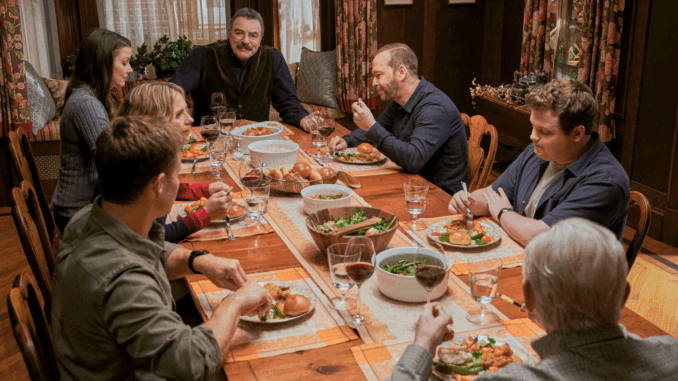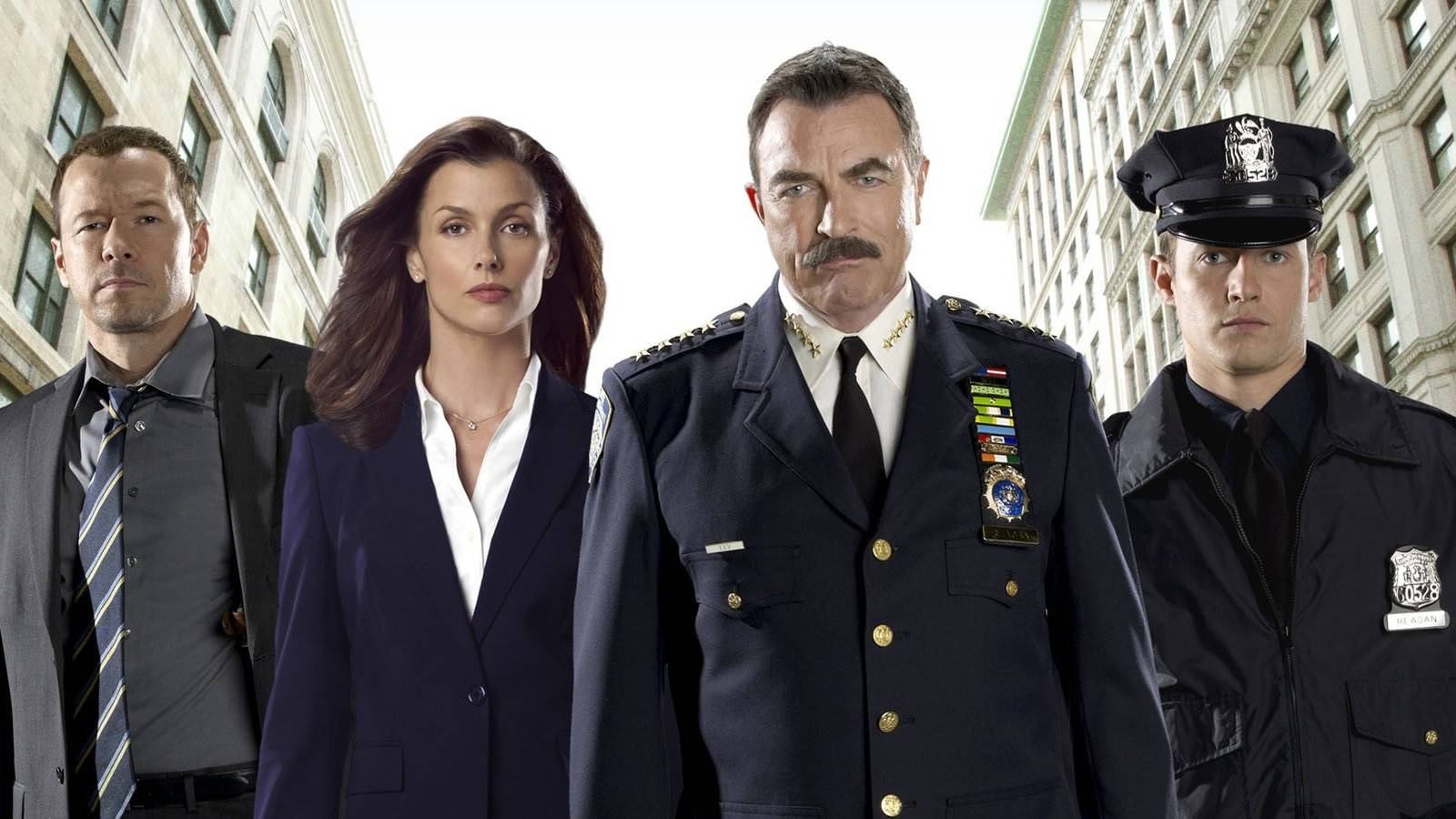
After fourteen seasons shaping the landscape of American network television, Blue Bloods has reached its conclusion—an ending that feels both inevitable and deeply emotional for millions of loyal viewers. With its final episode, the long-running CBS drama closes not only a narrative but also a chapter in modern broadcast history, standing as a testament to the enduring appeal of family-centered storytelling in a genre often dominated by procedural mechanics and spectacle.
Since premiering in 2010, Blue Bloods has delivered a unique blend of police procedural work, legal drama, and multigenerational family narrative. At the core of this blend stands the Reagan family, an Irish-American dynasty of public servants devoted to law enforcement in New York City. Frank Reagan, played with gravitas by Tom Selleck, serves as the Police Commissioner. His children—Detective Danny Reagan, Assistant District Attorney Erin Reagan, and Officer Jamie Reagan—represent different facets of justice, often disagreeing yet united by shared values. Completing the circle is the late Henry Reagan, Frank’s father and former commissioner, whose presence continues to guide the family’s moral compass.
Perhaps the most emblematic feature of the show is the weekly family dinner. These moments became a cultural phenomenon—scenes where characters engage in spirited yet respectful debates about the ethical dilemmas of policing, the justice system, and contemporary social issues. The dinners created a structural rhythm for the series and offered viewers something rare on network TV: a place where conflict, affection, and tradition coexist in a single living room.
 The longevity of Blue Bloods is especially remarkable in an era where audience attention is increasingly fragmented. While streaming platforms push boundaries with unconventional formats and younger-skewing casts, Blue Bloods remained committed to a familiar structure. Its appeal lay in its constancy, offering comfort television without sacrificing topical relevance. Weekly cases often mirrored real-life concerns—rising crime rates, political scrutiny of law enforcement, internal corruption, and the complexities of public accountability.
The longevity of Blue Bloods is especially remarkable in an era where audience attention is increasingly fragmented. While streaming platforms push boundaries with unconventional formats and younger-skewing casts, Blue Bloods remained committed to a familiar structure. Its appeal lay in its constancy, offering comfort television without sacrificing topical relevance. Weekly cases often mirrored real-life concerns—rising crime rates, political scrutiny of law enforcement, internal corruption, and the complexities of public accountability.
But beyond the procedural elements, the show’s emotional heart is what gave it endurance. Blue Bloods never framed its characters as flawless heroes; instead, it portrayed them as complex individuals navigating imperfect systems. Danny’s impulsive approach contrasted Erin’s methodical legal analysis; Jamie’s calm idealism clashed with the harsh realities of patrol duty. These tensions made the Reagans feel like an authentic American family rather than archetypal characters.
With the series finale, fans bid farewell not only to a beloved show but also to the routine and authenticity it brought to prime-time television. The end raises the question: what does the legacy of Blue Bloods represent? For many, it embodies a vision of public service grounded in personal sacrifice and a commitment to justice. It highlights the emotional cost carried by those who wear the badge and by the families who support them behind the scenes.
As viewers reflect on fourteen years of storytelling, it becomes clear that Blue Bloods leaves behind a legacy defined by consistency, integrity, and a rare ability to connect generations of audiences. It wasn’t just a show about crime; it was a show about people—flawed, determined, and deeply human.
